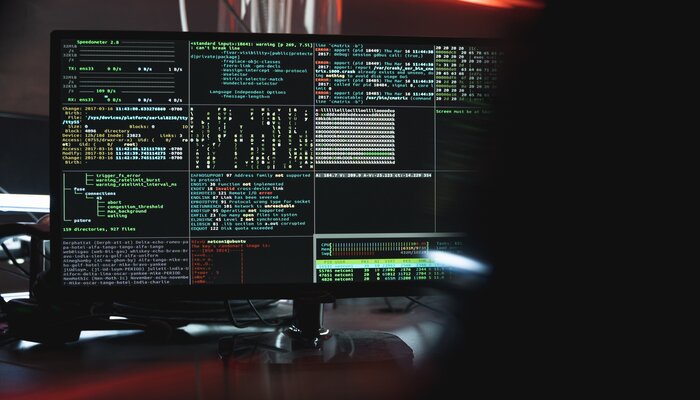Introduction
In today's digital landscape, Software-as-a-Service (SaaS) applications have become a crucial component of business operations, offering convenience, scalability, and cost-effectiveness. However, the increasing reliance on SaaS applications has also attracted the attention of cybercriminals who seek to exploit vulnerabilities for financial gain or data breaches. As a result, protecting SaaS applications from cyber threats has become a top priority for businesses of all sizes. In this blog post, we will explore effective strategies and best practices to safeguard your SaaS applications in today's ever-evolving threat landscape.
Implement Strong Access Controls
Access controls are the first line of defense for protecting SaaS applications. Begin by adopting robust password policies, encouraging users to create unique, complex passwords and enabling multi-factor authentication (MFA) wherever possible. Additionally, implement a role-based access control (RBAC) system to ensure that users have the appropriate permissions based on their roles and responsibilities. Regularly review and revoke access privileges for inactive or terminated employees to prevent unauthorized access.
Conduct Regular Security Audits
Regular security audits are vital for identifying vulnerabilities in your SaaS applications. Perform comprehensive vulnerability assessments and penetration tests to uncover potential weaknesses. Engage with reputable third-party security firms or utilize automated scanning tools to evaluate your application's security posture. Address any identified vulnerabilities promptly through patches or updates.
Encrypt Data at Rest and in Transit
Data encryption is crucial for safeguarding sensitive information within SaaS applications. Utilize strong encryption algorithms to protect data both at rest and in transit. Ensure that data is encrypted before it leaves the user's device and remains encrypted while stored on servers. Implement secure transmission protocols such as HTTPS to protect data during transit and leverage secure file transfer protocols (SFTP) for file uploads and downloads.
Employ Robust User Activity Monitoring
Monitoring user activity is essential to detect and prevent potential security breaches. Implement comprehensive logging mechanisms to capture user actions, including login attempts, file modifications, and data access. Utilize intrusion detection and prevention systems (IDPS) to detect suspicious activities and configure real-time alerts for potential threats. Analyze logs and investigate any anomalies promptly to mitigate risks effectively.
Regularly Backup and Test Data Restoration
Data loss can be catastrophic for any business. Regularly backup your SaaS application data and test the restoration process to ensure the backups are reliable and up-to-date. Utilize both on-premises and off-site backup solutions for added redundancy. Implement a disaster recovery plan that outlines the steps to recover from data breaches, natural disasters, or other emergencies effectively.
Stay Updated with Security Patches and Updates
Maintaining up-to-date software versions and promptly applying security patches is crucial to protect against known vulnerabilities. Stay informed about the latest security patches and updates from your SaaS providers and implement a rigorous patch management process. Regularly review and update your security policies and procedures to align with the evolving threat landscape.
Educate and Train Users
Human error is often the weakest link in cybersecurity. Provide regular training and awareness programs to educate your employees about potential threats, phishing attacks, and best practices for secure usage of SaaS applications. Teach them to recognize suspicious emails, avoid clicking on unverified links, and report any unusual activities promptly. Foster a security-conscious culture within your organization.
Conclusion
Protecting SaaS applications from cyber threats is an ongoing effort that requires a multi-layered approach. By implementing strong access controls, conducting regular security audits, encrypting data, monitoring user activity, backing up data, staying updated with patches, and educating users, you can significantly enhance the security posture of your SaaS applications. Additionally, collaborate closely with your SaaS providers to understand their security practices, certifications, and data protection measures. By taking proactive measures and remaining vigilant, you can safeguard your valuable data, maintain business continuity, and mitigate the risks associated with cyber threats in today's digital landscape.


No comments yet